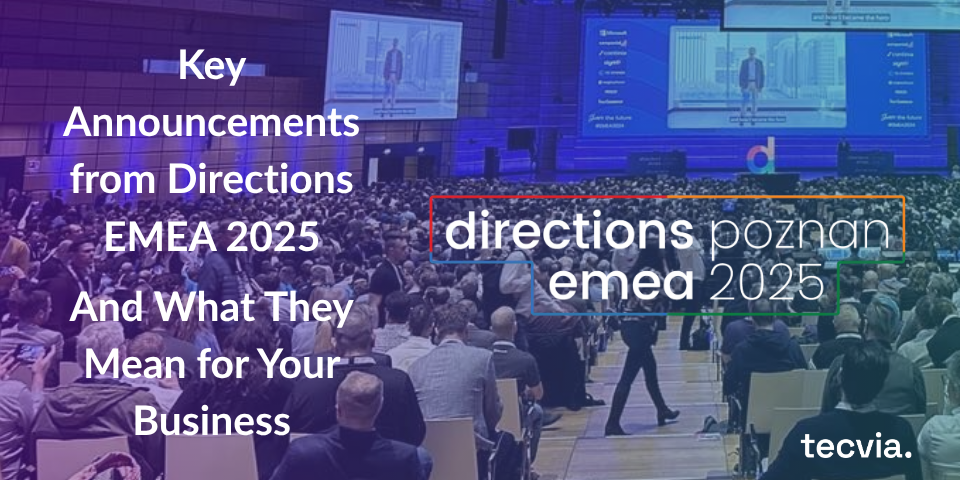Your business needs to run smoothly. But an ERP system can be a major investment. You need to control costs without compromising on results.
The good news is that a high price tag is not inevitable. With a focused approach, you can implement an ERP that delivers real value and stays within budget.
Here is how to reduce your ERP implementation costs.
Start With Clear Goals
Know exactly what you want to fix before you look at software. Jumping straight into demos leads to poor decisions. You might pay for features you never use.
First, identify your top operational problems. What costs your business time or money right now?
Ask your team these questions.
Do we need better control over stock? Are we often out of stock or holding too much?
How much time does the team spend on manual data entry each week?
Is financial reporting slow? Do we make decisions with outdated information?
Can we quickly answer customer questions about order status or account history?
Are VAT returns and audit preparation taking too much effort?
Focus on your most pressing issues. If you cannot put a cost on a current problem, you probably do not need to solve it with an ERP.
Document these problems. Estimate their financial impact. This document becomes your business case and keeps you focused.
Choose a System Designed for SMEs
Many ERP systems are built for large corporations. They have complex features that overwhelm smaller teams. These systems often lead to:
![]() High licence fees.
High licence fees.
![]() Long, expensive setup projects.
Long, expensive setup projects.
![]() A need for dedicated IT staff.
A need for dedicated IT staff.
Look for software made for businesses like yours. An SME-focused system understands your constraints. You have limited IT resources. You need a fast implementation and a system that works from day one.
The right system will:
Offer role-based pricing so you only pay for what each user needs.
Have modular features. You can start with the essentials and add more later.
Provide a clear path for growth without unnecessary complexity.
Limit Customisation
It is tempting to customise every screen and report. You might think a small change will make the system perfect. But custom work is expensive. It adds to the initial cost and creates ongoing maintenance headaches.
Instead, ask a different question. Can we adjust our process to match the system?
Standard ERP workflows are often based on best practices. Adopting them can improve your operations.
A standard setup offers clear benefits.
You go live faster. You avoid development fees.
Future upgrades are simpler and safer.
If you feel you must customise, follow this rule. Use the standard system for at least six months first. You will often find that the need for customisation disappears.
Plan Thoroughly Before You Start
A rushed implementation wastes time and money. Good planning prevents expensive mistakes.
Take these steps before configuration begins.
Map your current processes. Identify what works and what needs to change.
Clean your data. Remove duplicate records and standardise product codes. Poor data is a common cause of project failure.
Assign a small, empowered team to lead the project. They must have the authority to make decisions.
A detailed plan might take a few weeks to create. But it will cut your overall implementation time by months.
Select a Cloud-based System
Cloud ERPs remove major cost centres. You avoid large upfront investments in servers and IT infrastructure.
The financial benefits are clear.
No expensive hardware to buy or maintain.
No need for a dedicated on-site IT team.
Predictable monthly subscription costs.
Automatic updates and security patches included.
Consider the total cost over three years. A cloud system often provides better value, even if the monthly fee seems higher than an old on-premise alternative.
Keep Your Project Team Small
Too many decision-makers slow progress. Each extra person adds complexity and can lead to conflicting requirements.
Appoint one or two people as project champions. They should know the business well and have the authority to make decisions. They will work directly with the vendor.
A larger group can provide feedback, but they should not be involved in daily decisions. This focused approach speeds up the setup and reduces costs.
Train Your Team with Purpose
Do not waste time on full-day training sessions that cover every feature. People will forget most of it.
Make training targeted and practical.
Focus each session on the daily tasks a user will actually perform.
Keep sessions short, around thirty minutes.
Use screen recordings of real business processes for future reference.
Schedule training close to the go-live date so the knowledge is fresh.
This approach means less time away from work and faster adoption.
Work With a Partner Who Understands SMEs
A technology partner used to working with big corporations may not be right for you. They might insist on lengthy methods that inflate costs.
Choose a partner with proven experience with SMEs. They should understand your budget limits and need for quick results.
Ask potential partners these questions.
What is your average project duration for a business of my size?
Can you provide references from similar SMEs?
How do you provide ongoing support?
A good partner will help you implement a standard system quickly.
Review Your Licences Regularly
Your user needs will change over time. Do not pay for licences you no longer use.
Conduct a licence review every quarter.
Identify and remove accounts for former employees.
Check if users have the correct licence type. Does an accounts clerk need a full user licence?
Cancel modules that are not being used.
Final Questions to Ask
Before you commit, take a step back. Be honest with your answers.
What specific business problems are you trying to fix? Can you quantify the cost of not fixing them?
Can you simplify your current processes before you digitise them? Sometimes the best solution is to remove complexity first.
Are you overcomplicating the project? Is your requirements list longer than your problems list? More features do not always mean better value.
The goal is not to have the most sophisticated system. The goal is to have a system that makes your business more profitable and efficient. Stay focused on this, and your ERP investment will deliver a strong return.
Ready to discuss a cost-effective ERP implementation for your business?
Contact Tecvia today for a free, no-obligation consultation. Let us help you find the right solution!


